Introduction & History
Pellet fuels are biofuels made from compressed organic matter or biomass. Wood pellets are the most common type of fuel pellets and were historically made from compacted sawdust and industrial wastes from the milling of lumber, manufacturing of wood products and furniture, and construction. During the Great Depression a lumber mill in Northern Idaho developed a way to recycle wood byproducts. They did this by compressing them into logs that were about 13 inches long and 4 inches in diameter. These logs burned much cleaner, hotter, and longer than traditional firewood.
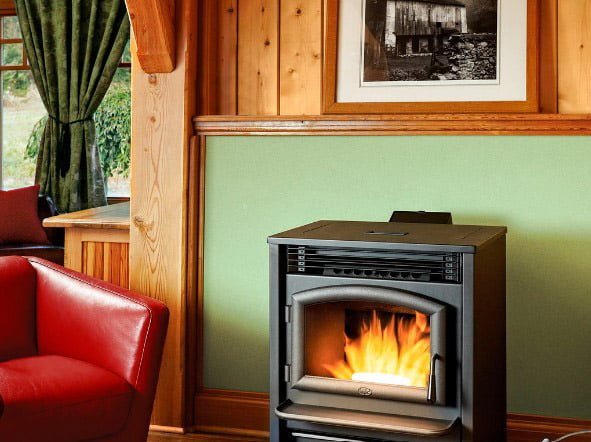
The first home-size pellet stove became available in the 1980s. The purpose of this appliance was to use renewable and recycled fuel. The pellets used in these stoves started out being made of a combination of sawdust, wood byproducts, and wood chips. They were much smaller than the logs of the 1930s. Pellets are categorized by their heating value, moisture and ash content, and dimensions. They can be used as fuels for power generation, commercial or residential heating, and cooking.
In less than decade, the Southeast’s wood pellet industry has grown from almost nothing to 23 mills with capacity to produce more than 10 million metric tons annually. This growth is spurred by European demand and global search for eco-friendly alternatives to fossil fuels.
The Process
Raw materials used in the production of wood pellets are sawdust, wood chips, lumber mill scrap, and even full trees. The raw materials may be green, or freshly cut, may be partial dry or even kiln dried.
Some pellet plants start their process by putting large pieces of wood through a chipping machine for processing. A hammer mill is another machine commonly used at the beginning of the milling process to break the raw material down into a consistent smaller size, making drying and pressing quick and consistent.
If a pellet mill uses fresh cut raw material, material exposed to the weather or high humidity, or a mix of raw materials that may contain moisture, they have to dry the sawdust to a consistent moisture level. Large dryer drums may use natural gas, propane, sawdust burners, or other fuels to heat the drum, driving off the extra moisture.
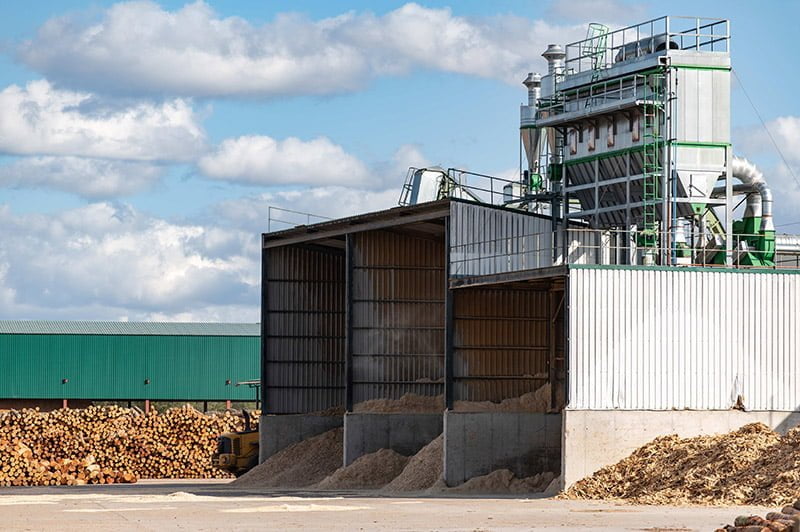
After drying, the sawdust is pressed at high pressure causing the sawdust to heat up and release natural lignin in the wood which binds the sawdust together. The mill also determines the density of the pellet, the diameter, the durability, and the length. All of these characteristics are very important for consistent pellet appliance operation.
The pellets come out of the mill between 200 and 250 degrees and soft. A cooling tower is used to bring the temperature down and harden the pellets. After cooling, they are usually stored in a large silo to await bagging or bulk distribution.
The most common method for distribution in the US is to put the pellets into 40-pound plastic bags and stack them on pallets or skids. These skids may contain anywhere from one to one and a half tons of fuel, depending on the distribution channel. These skids are then shipped all over the country for consumer pick up at retail locations or home delivery.
The Question of Sustainability

As mentioned earlier, the wood pellet business is expanding rapidly with current production estimated at 23 mills with capacity to produce more than 10 million metric tons annually. According to the Rachel Carson Council, fossil fuels are major causes of climate change, and they take millions of years to renew themselves. Trees take in and store carbon dioxide as they grow and have the potential to renew themselves in a relatively short amount of time to consistently satisfy large demands for energy. Another benefit is wood pellets are created through a process of drying, chopping, and compressing wood into a small, dehydrated cylinder which makes shipping easier than that of raw wood products. Further, wood pellets can be created from waste byproducts from other timber industries such as misshapen trees, treetops and saw mill chips, making them an even more attractive option for a renewable fuel.
All of this appears promising but there is a growing debate about the sustainability of hardwood pellets. Many scientists have long been skeptical of the climate benefits. Wood releases more carbon dioxide per unit of electricity produced than coal or gas, and a newly planted tree can take decades to reabsorb the carbon dioxide emitted by burning. “Wood is a sucky fuel,” said Tim Searchinger, a researcher at Princeton.
While the industry purports to use mill and forest waste for pellet production, environmental groups say they have documented truckloads of logs and whole trees, not just leftovers, entering pellet mills. Publicly available images show logs stacked at mills, and a reporter outside a pellet mill entrance saw trucks of logs entering.
Pellet mills, which can emit volatile organic compounds and other hazardous air pollutants, are 50 percent more likely to be located near “environmental justice-designated” communities, defined as counties with above-average poverty levels and a population that’s at least 25 percent nonwhite, according to an analysis by the Dogwood Alliance, an environmental nonprofit based in Asheville.
In February 2021, five hundred scientists and economists wrote a letter regarding the use of forests for bioenergy to world leaders. It warns that "The burning of wood will increase warming for decades to centuries. That is true even when the wood replaces coal, oil or natural gas". The letter calls for an end to subsidies for the burning of wood and an end to the treatment of the burning of biomass as carbon neutral in renewable energy standards and emissions trading systems.
Alternative fuel sources
Wood pellets are the most common pellet fuel today but other options do exist, including empty fruit bunches, palm kernel shells, coconut shells, and tree tops and branches discarded during logging operations.
Sustainable Resources Group has developed two new innovative products that offer a viable, sustainable, and efficient alternative to hardwood pellets using land-mitigated coffee grounds sourced from well-known international companies.
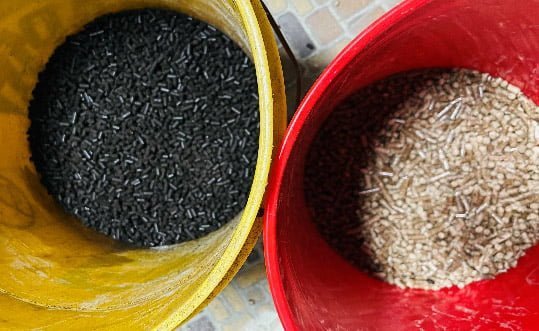
Coffee Grounds are one of earth’s largest sources of organic waste. The grounds are a unique organic material because of their high heating value and natural oil content. Until recently, this abundant and valuable resource was typically disposed of in landfills across the United States. SRG harvests that energy for products to fuel everyday life.
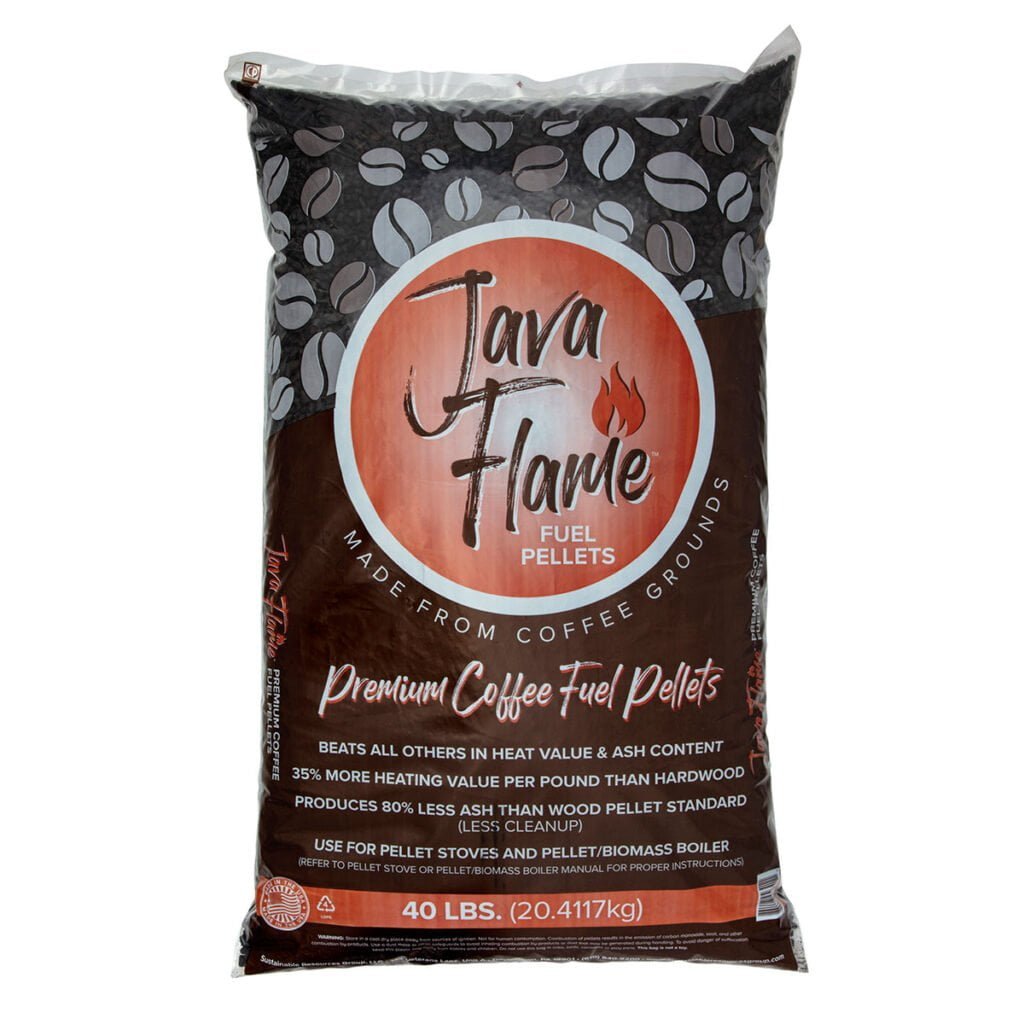
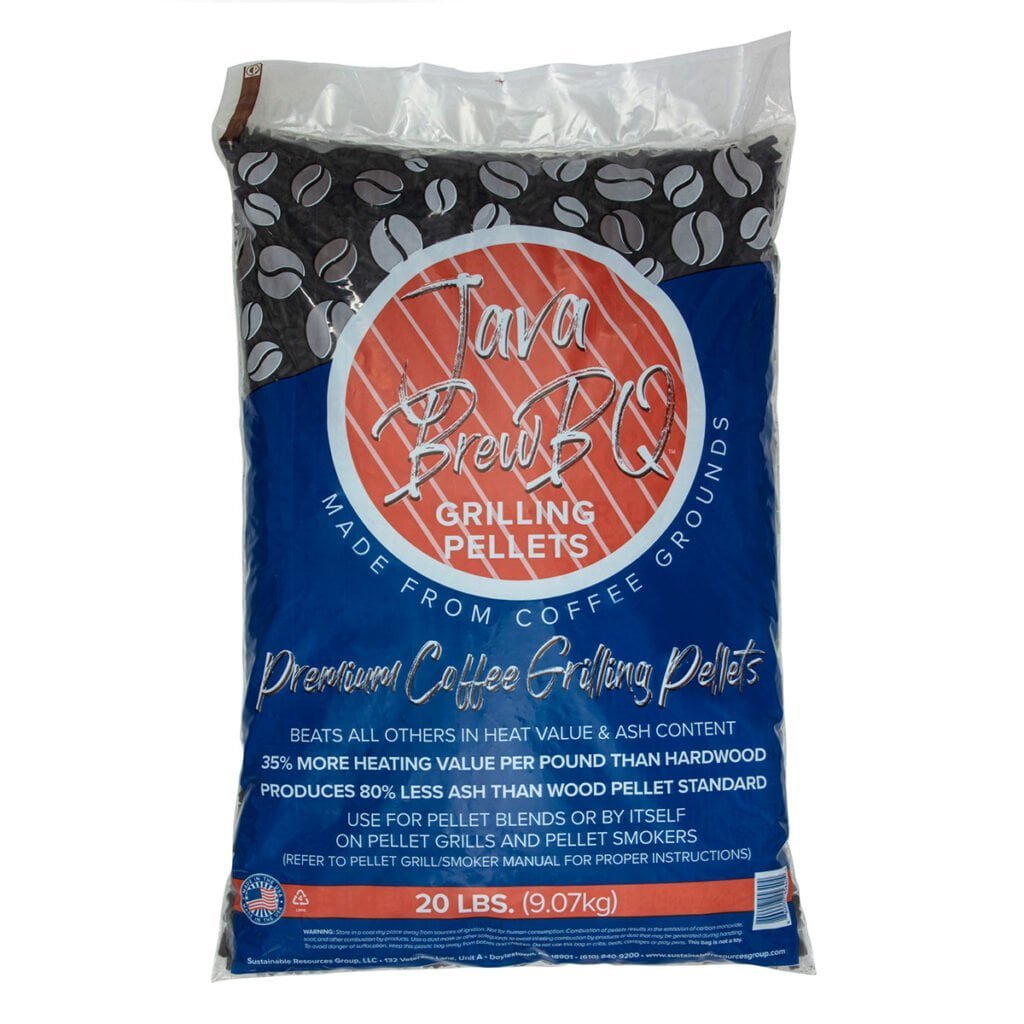
JavaFlame® is a premium fuel pellet for use in residential and commercial pellet heaters and biomass boilers.
JavaBrewBQ® is a premium grilling pellet for use in pellet grills. Both offer 35% more heat value and 80% less ash than standard hardwood.
They are eco-friendly and sustainable. Click here to learn more.
